
People try to provide the best for their pets. That usually includes buying the proper pet food. From the way most pet food is packaged, you’d think there’s absolutely nothing to worry about. The ingredients look healthy, and when you open it up, it looks pretty normal. But just like there are “secrets” to human food, there are secrets to pet food. Read below for more information – but just be aware, it’s not pretty.
Most would like to think that their pet’s food just comes from the meat of other animals. This isn’t the case. Why? That’s what the humans get to eat.
Pets get all of the leftovers – skin, bones, blood etc. And that’s not all. 4D animals, aka animals not fit for human consumption, get thrown in the mix. These are the animals that were dead, dying, disabled, or diseased upon inspection.
The whole process of putting all of this “junk” together is called rendering. All of those junk leftovers go to a rendering plant, where everything gets put into a vat and cooked. Anything infectious gets separated from the fat. When whatever is left is dried, it goes into pet food.
So when you see the words “By-Product Meal” on the packaging, what is your pet really getting? Well, anything that’s not meat, but still added to the pet food to raise protein levels – bones, intestines, brain, etc. And although you may think that labels with “natural”, “organic”, and “gourmet” on them are automatically better, this isn’t always the case. Natural pet food technically isn’t chemically altered. But on pet food labels, be wary. Natural pet food is less regulated. As for “organic”, it’s important to be aware what’s really in the food. Remember, there are plenty of foods (like grapes) that are good for humans, but not for pets. As as for “gourmet” food, it’s basically just a word on a label.
So what are you supposed to do? Stop feeding “pet food” to your pet? Absolutely not. At the end of the day, this is the food that’s currently available for pets to eat. Even if it all sounds appalling to humans, a pet can live a long and healthy life with pet food in their diet. You can keep feeding your pet as your normally do – but awareness is important!
Lisa Podwirny is the owner of Ketchum Mfg. Connect with her on Google+
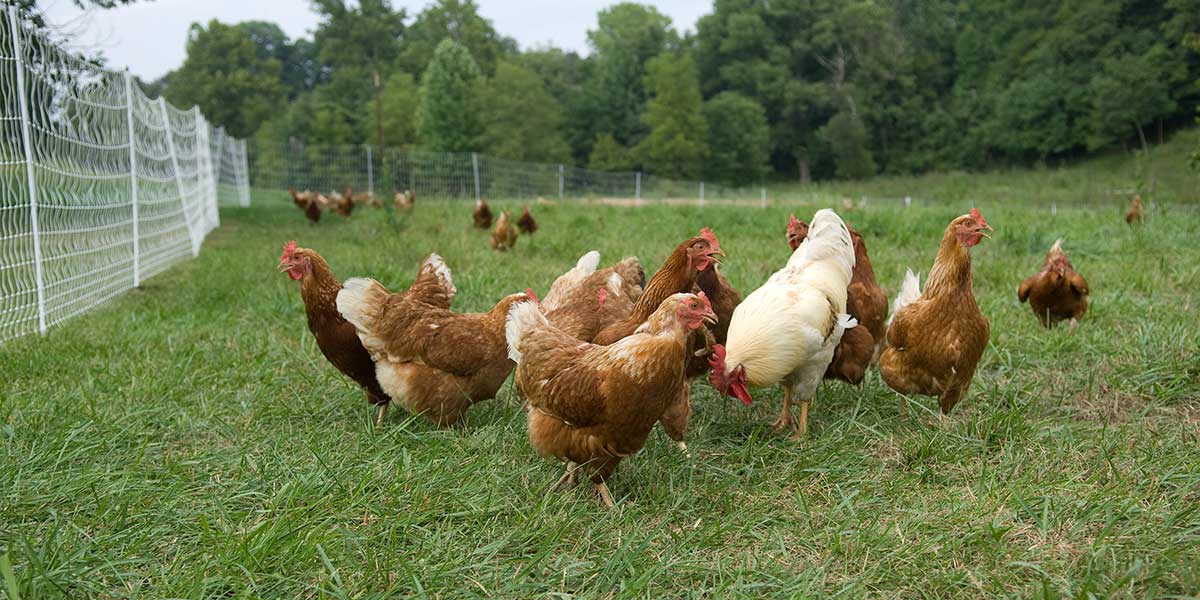






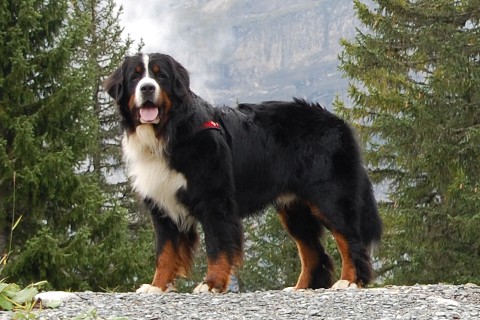

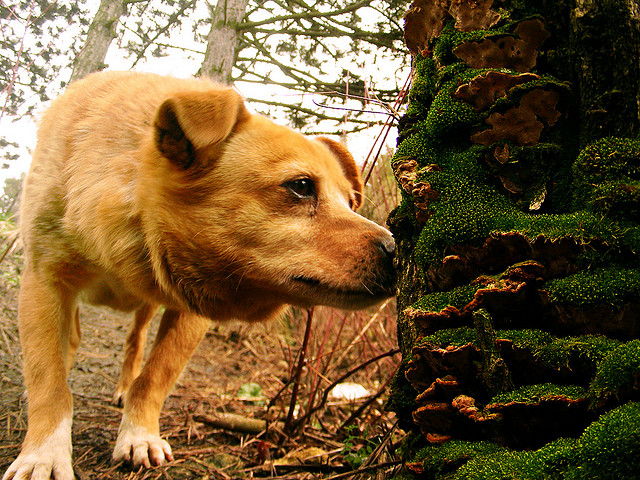

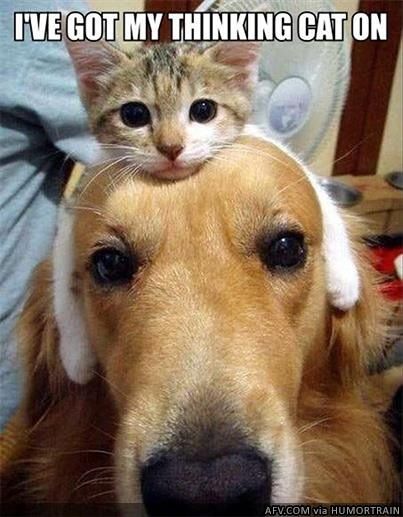
 Maine Coon:
Maine Coon: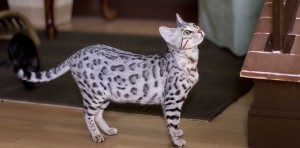
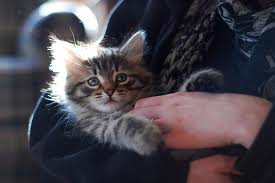 Siberian:
Siberian: